Kadamba Tree ( Seedling )
₹189
Experience the captivating beauty and cultural significance of the Kadamba Tree (Neolamarckia cadamba) with this vibrant seedling. This fast-growing, deciduous tree is renowned for its stunning yellow flowers that bloom in fragrant clusters, attracting a myriad of pollinators. The Kadamba Tree holds deep religious and cultural importance in India and Southeast Asia, often found in temples and sacred groves.
64 people are viewing this product right now
🔥 12 items sold in last 3 hours
Experience the captivating beauty and cultural significance of the Kadamba Tree (Neolamarckia cadamba) with this vibrant seedling. This fast-growing, deciduous tree is renowned for its stunning yellow flowers that bloom in fragrant clusters, attracting a myriad of pollinators. The Kadamba Tree holds deep religious and cultural importance in India and Southeast Asia, often found in temples and sacred groves.
Key Features & Benefits
- Vibrant Blooms: Showcases dazzling yellow flowers that bloom in fragrant clusters, attracting butterflies, bees, and other pollinators.
- Rapid Growth: A fast-growing tree that quickly adds a touch of greenery and shade to your garden or landscape.
- Cultural Significance: Holds deep religious and cultural importance in India and Southeast Asia, making it a meaningful addition to any garden.
- Shade Provider: Provides ample shade, making it ideal for creating a relaxing outdoor space.
- Attracts Wildlife: Supports a diverse ecosystem by attracting birds, butterflies, and other beneficial insects.
Plant Care Guide
Ideal Plantation Locations
The Kadamba Tree thrives in tropical and subtropical climates with warm temperatures and ample sunlight. It prefers well-drained, fertile soil with a slightly acidic to neutral pH. Suitable regions include India, Southeast Asia, and other tropical and subtropical parts of the world.
Planting & Gardening Instructions
- Location: Choose a sunny location with ample space for the tree to grow.
- Soil Preparation: Prepare the soil by loosening it and incorporating organic matter like compost or well-rotted manure.
- Planting: Plant the seedling at the same depth it was growing in the nursery pot. Gently firm the soil around the base.
- Spacing: Allow sufficient space between trees, considering their mature size.
Watering
Water the seedling regularly, especially during the initial establishment phase. Reduce watering frequency as the tree matures, but ensure the soil remains consistently moist.
Fertilizers
Apply a balanced slow-release fertilizer during the growing season. Supplement with organic fertilizers like compost tea or fish emulsion for optimal growth.
Re-potting Instructions
Re-pot young seedlings into larger containers as they outgrow their current pots. Choose well-draining pots and use a suitable potting mix.
Fruiting Season
The Kadamba Tree typically flowers during the spring and summer months. Fruiting occurs shortly after flowering.
Usage Ideas
- Ornamental Tree: Plant as an ornamental tree in gardens, parks, and landscapes.
- Shade Tree: Create a shady oasis in your backyard.
- Cultural Significance: Incorporate into temple gardens or sacred spaces.
- Wildlife Habitat: Provide a valuable food source and shelter for wildlife.
Care Tips
- Prune regularly to maintain shape and encourage healthy growth.
- Protect young trees from strong winds and extreme weather conditions.
- Monitor for pests and diseases and take appropriate measures to control them.
- Mulch around the base to retain moisture and suppress weeds.
Only logged in customers who have purchased this product may leave a review.
Related products
Designed, Developed & Maintained by Growww.
Copyright © 2024 Ashok Chakra Nursery

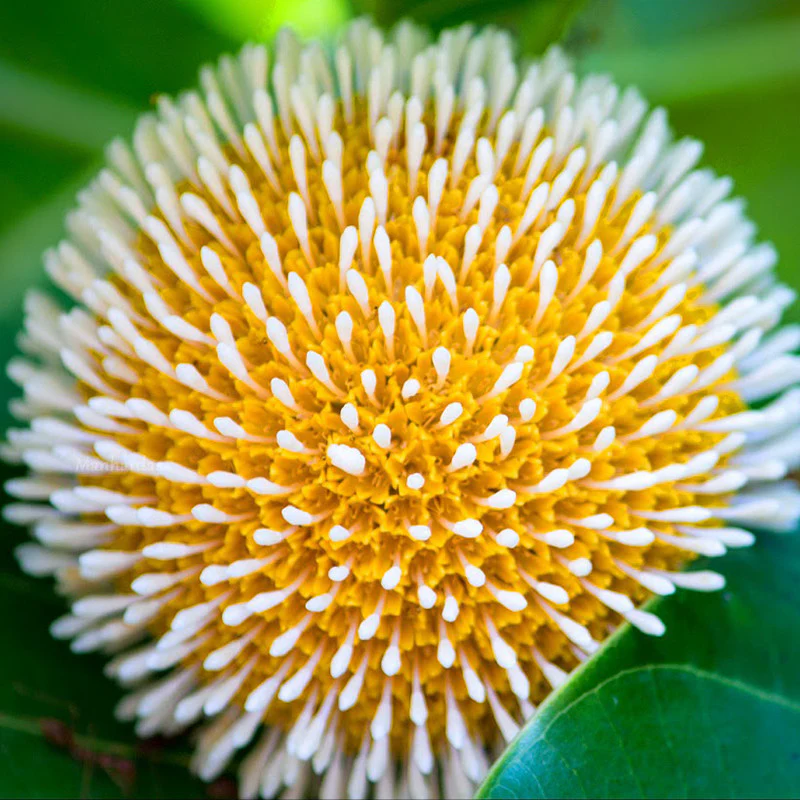
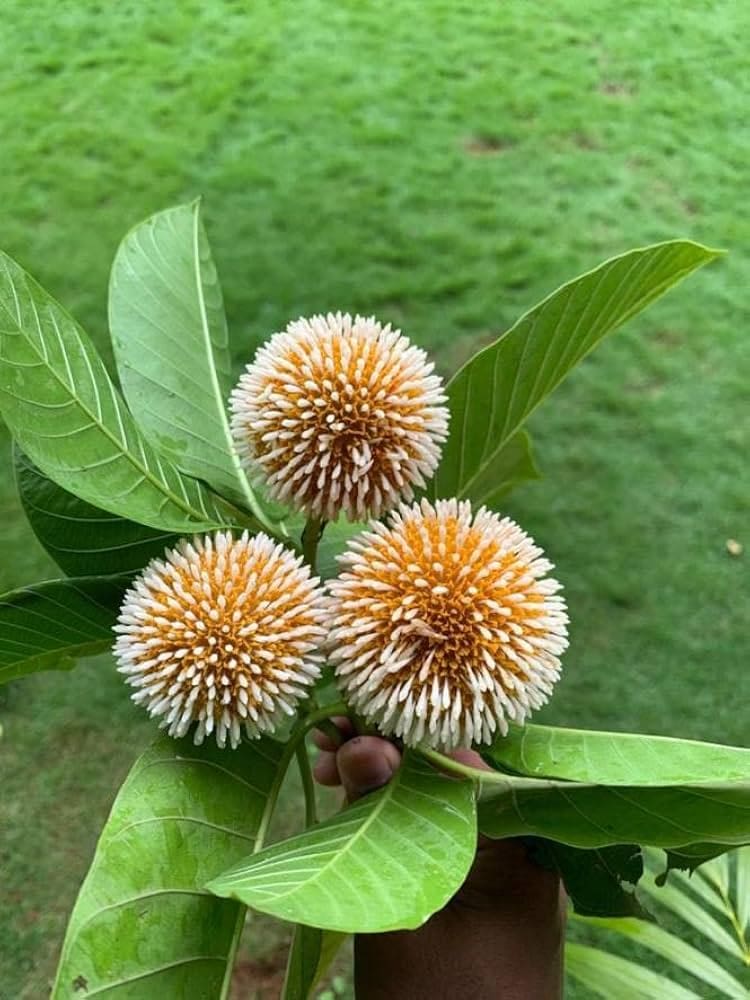
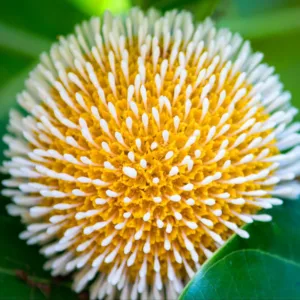
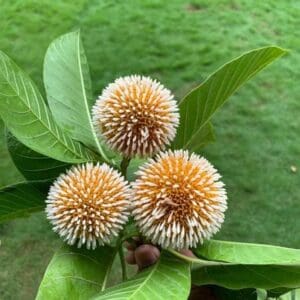
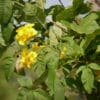
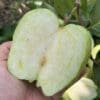
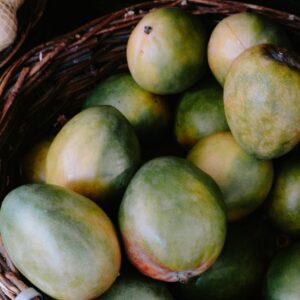
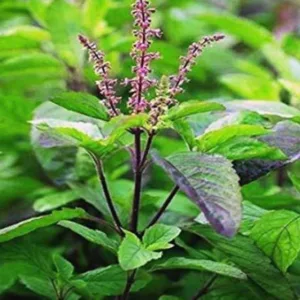
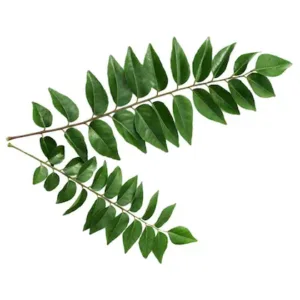
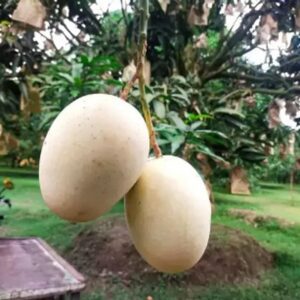
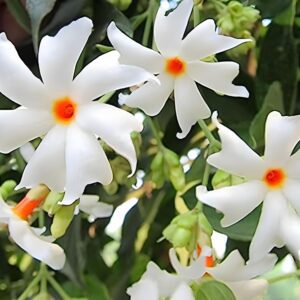
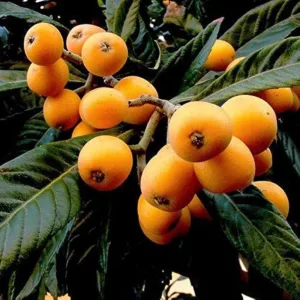
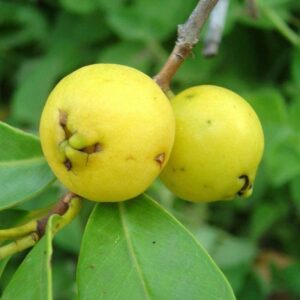
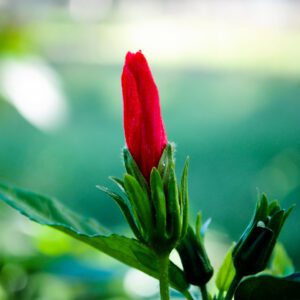
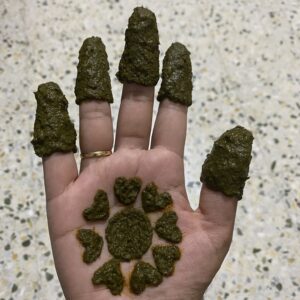
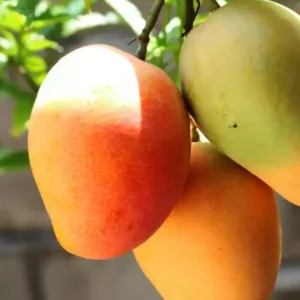
Reviews
There are no reviews yet.